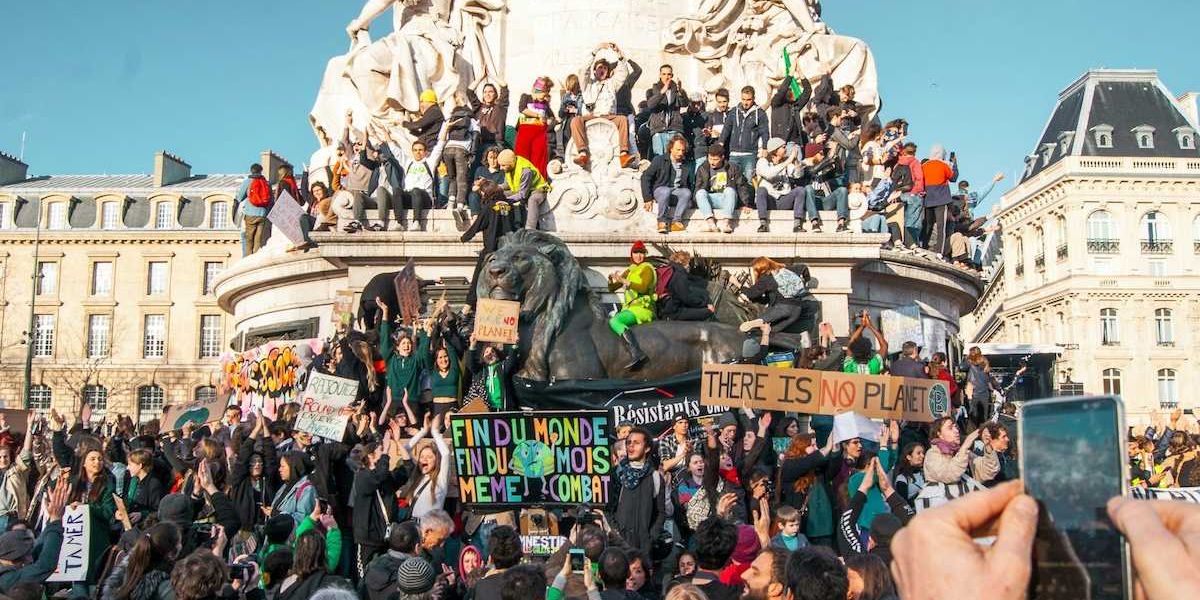California faces growing disaster costs as Trump moves to scale back FEMA aid
As California rebuilds from its deadliest wildfire season in years, state officials warn that President Trump’s proposed cuts to Federal Emergency Management Agency (FEMA) aid could leave communities without the support they need to recover.
Jeremy Lindenfeld reports for Capital & Main.
In short:
- Trump’s administration is considering reforms that would make it harder for states to qualify for FEMA assistance and cap how much of the recovery costs the agency will cover, threatening California’s ability to respond to worsening natural disasters.
- FEMA has already rescinded nearly $900 million in disaster-preparedness grants, including wildfire prevention funds in Napa County, and delayed disbursing key emergency management grants with no public explanation.
- With California’s $12 billion budget deficit and rising disaster frequency, state and local officials say they can’t replace lost federal funding, even as some FEMA payouts for individuals remain minimal or are simply denied.
Key quote:
“They’re just cutting these projects even though they have proven benefit cost analyses in place.”
— Laurie Schoeman, senior adviser on climate resilience to former President Joe Biden
Why this matters:
Climate-fueled disasters are growing more frequent, intense, and expensive. In California, wildfires now destroy entire neighborhoods, displace tens of thousands, and strain public systems for years after the flames are out. FEMA has long helped states shoulder the burden, covering a major share of disaster response and recovery costs. But under the Trump administration's new approach, the federal government is stepping back, pulling funds for prevention projects and making it harder for states to access aid. This shift could force local governments to choose between rebuilding homes, maintaining emergency services, or preparing for the next crisis.
Learn more: FEMA delays and funding cuts leave state emergency programs in limbo













